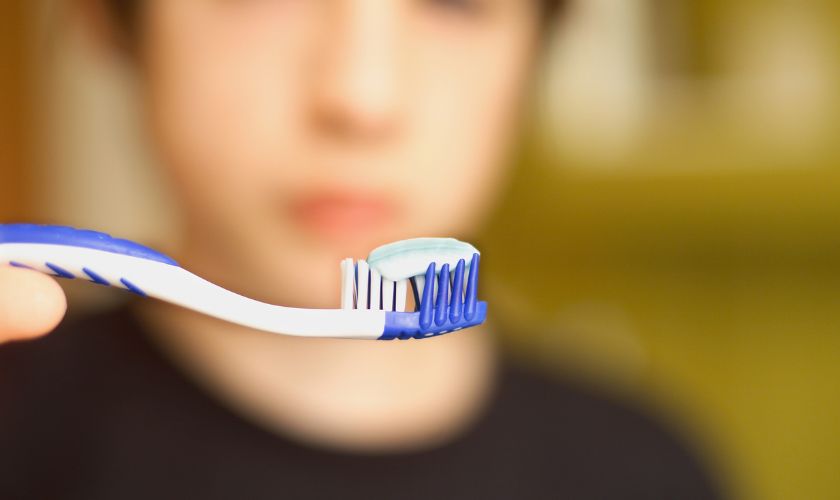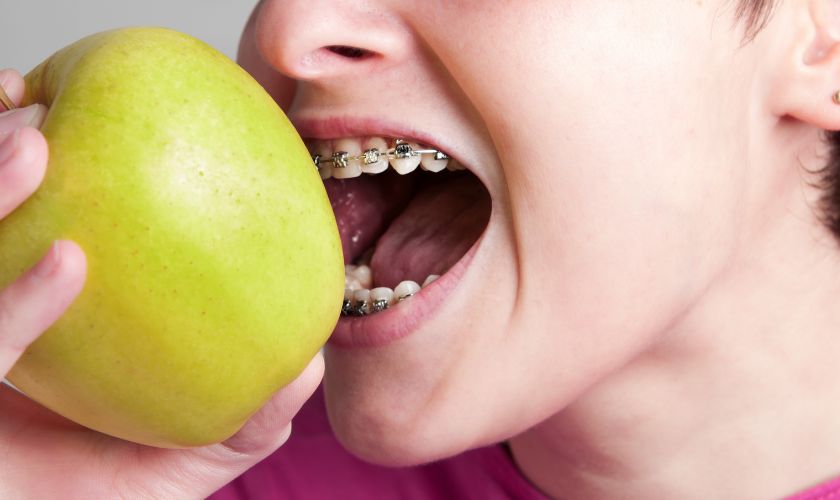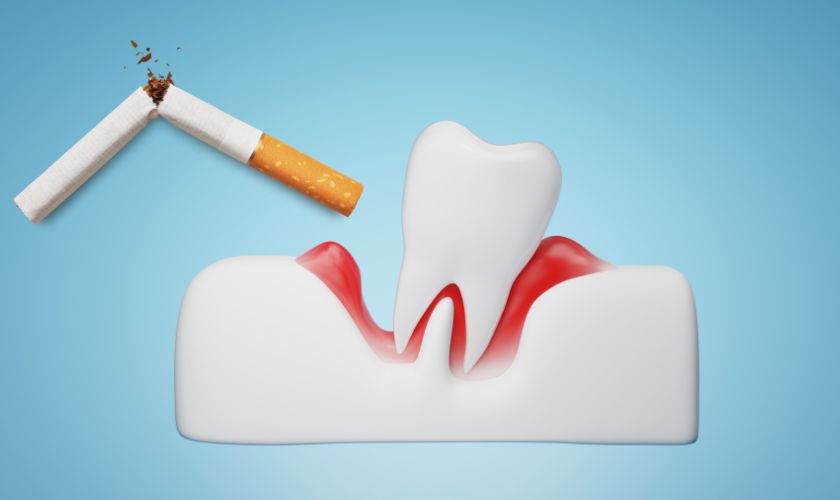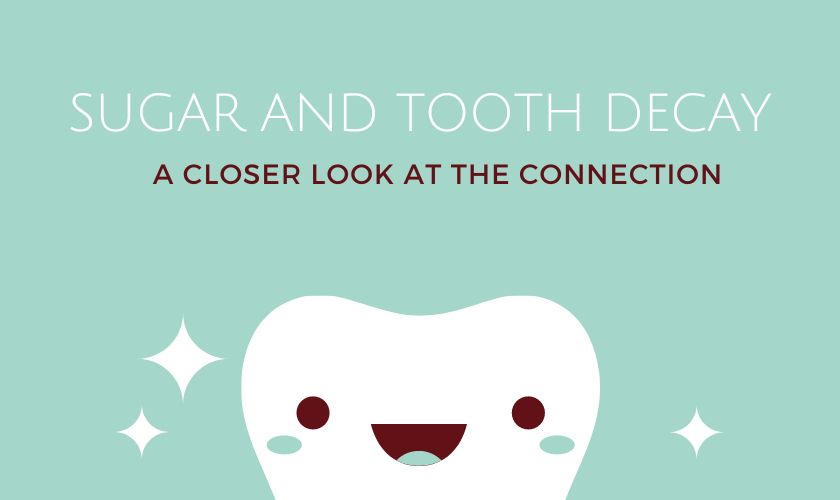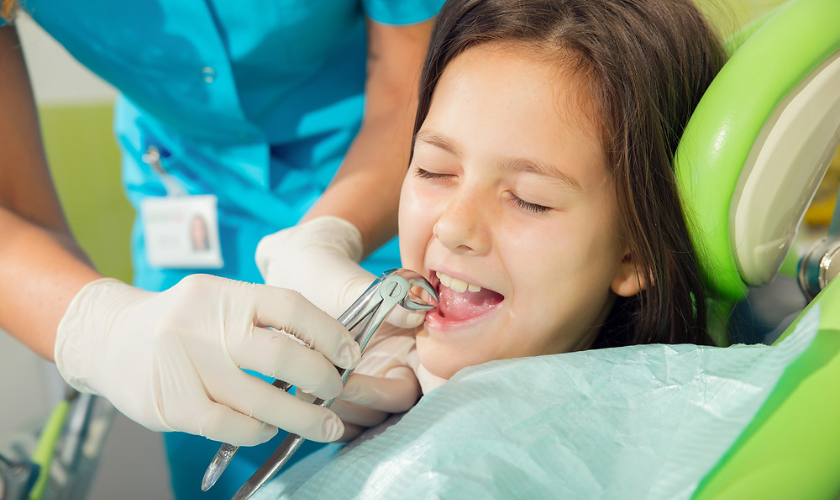Oral Hygiene Best Practices for a Healthy Smile
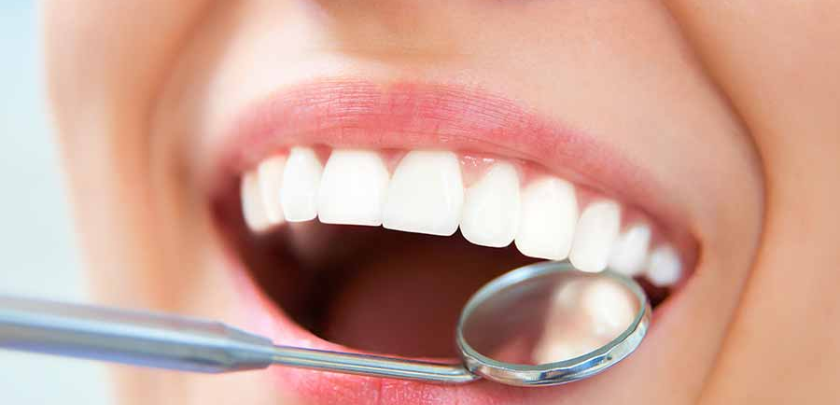
Welcome to our blog, where we’re diving deep into the world of oral hygiene and sharing some best practices for a healthy smile! We all know that maintaining good oral health is important, but do you know why? Well, buckle up as we take you on a journey through daily habits, brushing techniques, flossing 101, the benefits of mouthwash, the impact of certain foods and drinks on your teeth, regular dental visits and more. Get ready to flash those pearly whites with confidence because by the end of this post, you’ll be armed with all the knowledge you need for optimum oral hygiene. Let’s get started!
Daily Habits for Maintaining a Healthy Smile
Maintaining a healthy smile requires daily habits that prioritize oral hygiene. By incorporating these practices into your routine, you can keep your teeth and gums in excellent condition.
It’s crucial to brush your teeth at least twice a day using fluoridated toothpaste. Choose a soft-bristled toothbrush that fits comfortably in your mouth and replace it every three months or sooner if the bristles become frayed. Remember to brush all surfaces of your teeth with gentle circular motions for at least two minutes each time.
In addition to brushing, don’t forget about cleaning the spaces between your teeth by flossing daily. This removes plaque and food particles that may be missed by brushing alone. Use a gentle sawing motion to slide the floss back and forth between each tooth, making sure to reach below the gumline.
Another essential habit is rinsing with mouthwash after brushing and flossing. Mouthwash helps kill bacteria, freshens breath, and reduces plaque buildup when used as directed.
To further promote oral health, be mindful of what you eat and drink. Avoid sugary snacks and beverages as they contribute to tooth decay. Instead, opt for foods high in calcium like dairy products or leafy greens that strengthen enamel.
Make sure to visit your dentist regularly for check-ups and cleanings – typically every six months unless advised otherwise by your dental professional.
Brushing Techniques and Tips
Maintaining proper brushing techniques is crucial for achieving optimal oral hygiene. Here are some tips to help you brush your way to a healthy smile.
Start by choosing the right toothbrush. Opt for a soft-bristled brush with a small head, as this will allow you to reach all areas of your mouth more easily. Replace your toothbrush every three to four months or sooner if the bristles become frayed.
When it comes to technique, hold your toothbrush at a 45-degree angle against the gumline. Use short, gentle strokes in a back-and-forth motion rather than vigorous scrubbing. Be sure to brush all surfaces of your teeth – front, back, and chewing surfaces – for at least two minutes twice a day.
Don’t forget about your tongue! Bacteria can accumulate on the surface of your tongue, leading to bad breath and other oral health issues. Gently brush or scrape your tongue using either your toothbrush or a tongue scraper.
To make sure you’re not missing any spots while brushing, consider using an electric toothbrush. These devices often have built-in timers that ensure you’re brushing for an adequate amount of time.
Be mindful of how much pressure you apply while brushing. Brushing too hard can damage enamel and irritate gums. Remember: thoroughness is key, not forcefulness!
By following these simple tips and adopting proper brushing techniques into our daily routine, we can maintain good oral health and enjoy a brighter smile!
Flossing 101: Why It’s Essential
Flossing is an essential part of maintaining good oral hygiene, yet it is often overlooked or skipped altogether. However, flossing plays a crucial role in removing plaque and bacteria from areas that your toothbrush can’t reach.
When you brush your teeth, you may think that you have covered all the bases. But the truth is, there are many tight spaces between your teeth where food particles and plaque can accumulate. Flossing helps to dislodge these particles and prevent them from causing cavities or gum disease.
To properly floss your teeth, start by taking about 18 inches of dental floss and wrapping it around your middle fingers. Hold the floss tightly between your thumbs and index fingers and gently slide it up and down between each tooth using a gentle sawing motion.
It’s important to be gentle while flossing to avoid injuring your gums. If you find traditional floss difficult to use, there are alternative options available such as water picks or interdental brushes which can also effectively clean between teeth.
Make sure to floss at least once a day, preferably before bedtime when saliva production decreases and bacteria have more time to multiply in the mouth overnight.
By incorporating proper flossing techniques into your daily routine, you will significantly reduce the risk of developing dental issues such as cavities or gum disease. So don’t forget this essential step in achieving optimal oral health!
The Benefits of Mouthwash
Mouthwash is an essential part of a healthy oral hygiene routine. While brushing and flossing are important, using mouthwash can provide additional benefits for your smile.
One of the main advantages of using mouthwash is that it helps to kill bacteria in your mouth. This can help prevent bad breath and reduce the risk of gum disease. By swishing with mouthwash after brushing and flossing, you can reach areas that may have been missed by your toothbrush or dental floss.
Another benefit of using mouthwash is that it can freshen your breath. Many mouthwashes contain ingredients like mint or menthol, which leave your mouth feeling clean and refreshed.
In addition to killing bacteria and freshening breath, some types of mouthwash also contain fluoride. Fluoride helps to strengthen tooth enamel and protect against cavities.
Using mouthwash as part of your daily oral care routine is simple. After brushing and flossing, pour a small amount into a cup or cap, then rinse it around in your mouth for about 30 seconds before spitting it out.
Remember to choose a quality mouthwash recommended by dentists that suits your specific needs. Incorporating this step into your daily routine will give you added confidence in maintaining good oral health!
Foods and Drinks That Can Improve or Damage Your Teeth
Eating a balanced diet not only fuels our bodies but also plays a significant role in maintaining healthy teeth and gums. Certain foods and drinks can improve the condition of your oral health, while others have the potential to cause damage. Let’s take a closer look at some dental-friendly options and those that are best enjoyed in moderation.
Let’s talk about the positive side of things. Crunchy fruits and vegetables like apples and carrots can help remove plaque from teeth as you chew, acting as natural toothbrushes. Dairy products such as cheese and yogurt are rich in calcium, which strengthens tooth enamel. Green tea contains compounds that fight against bacteria responsible for gum disease.
On the flip side, sugary treats should be consumed sparingly since they contribute to cavities by feeding harmful bacteria in your mouth. Acidic beverages like citrus juices or soda erode tooth enamel over time if consumed excessively. Coffee and red wine may stain your teeth if you don’t practice good oral hygiene habits.
So remember to choose fresh produce, dairy products, and green tea wisely while limiting your intake of sugary snacks, acidic drinks coffee, or red wine for healthier pearly whites! It’s all about making informed choices when it comes to what we eat and drink for a brighter smile!
Visiting the Dentist: How Often and What to Expect
Regular visits to the dentist are crucial for maintaining good oral health. But how often should you go? Well, it depends on various factors such as your age, overall dental health, and any specific concerns or conditions you may have.
For most people, a visit every six months is recommended. This allows your dentist to catch any potential issues early on and provide necessary treatments. However, if you have gum disease or a history of cavities, more frequent visits may be necessary.
When you arrive at the dental office, expect a warm welcome from the friendly staff. They will guide you through the check-in process before escorting you to the treatment room. Once there, your dentist or hygienist will conduct a thorough examination of your teeth and gums.
During this examination, they will look for signs of decay or infection, evaluate your bite alignment using X-rays if needed), clean your teeth by removing plaque buildup (scaling), polish them with fluoride toothpaste (prophylaxis), and offer personalized advice on improving your oral hygiene routine at home.
If further treatment is required – such as fillings for cavities or extractions – don’t panic! Your dentist will explain everything in detail beforehand so that you know exactly what to expect. They’ll also answer any questions or concerns you might have about anesthesia options or post-treatment care.
Remember that visiting the dentist isn’t just about treating problems; it’s also an opportunity to learn more about proper oral care techniques tailored specifically to your needs. So don’t skip those appointments – they’re essential for keeping that smile bright and healthy!
Common Oral Health Issues and How to Prevent Them
- Maintaining good oral health is essential for a healthy smile. However, several common oral health issues can arise if proper care isn’t taken. It’s important to be aware of these issues and know how to prevent them.
- One common issue is tooth decay, which occurs when plaque builds up on the teeth and produces acids that erode the enamel. To prevent tooth decay, it’s crucial to brush your teeth twice a day with fluoride toothpaste and floss daily to remove plaque from between the teeth.
- Another problem many people face is gum disease, also known as periodontal disease. This condition occurs when bacteria in plaque infect the gums, causing inflammation and potential damage to the bone supporting the teeth. To prevent gum disease, ensure you brush along the gum line gently every time you brush your teeth and use an antimicrobial mouthwash.
- Bad breath or halitosis can also be a common concern for many individuals. Poor oral hygiene practices lead to bacterial growth in the mouth, resulting in unpleasant odors. Brushing your tongue regularly can help combat bad breath by removing bacteria residing on its surface.
- Sensitive teeth can cause discomfort while eating or drinking hot or cold foods/beverages due to exposed dentin or weakened enamel. Using desensitizing toothpaste containing potassium nitrate may alleviate sensitivity over time.
By following these oral hygiene best practices, you can achieve a brighter and healthier smile. Remember to make daily habits such as brushing and flossing a priority in your routine. Use proper techniques and tips to ensure that you are effectively cleaning your teeth and gums.
Regular visits to the dentist are crucial for maintaining optimal oral health. Schedule appointments at least twice a year for professional cleanings and check-ups. Your dentist will help identify any issues early on so they can be addressed before they become more serious problems.
Remember: good oral hygiene is not just about having pearly whites; it’s about taking care of the overall health of your mouth. So start today – take charge of your dental care regime! With dedication to these best practices, a brighter future with healthier smiles awaits us all!
More to Read:
Previous Posts:
Next Posts:
